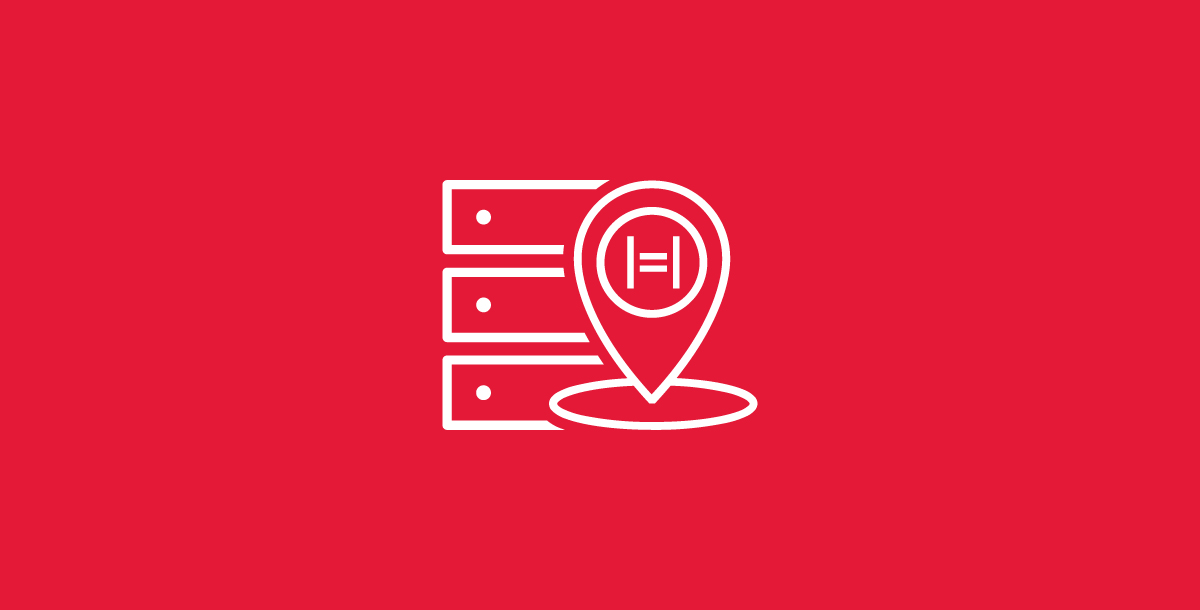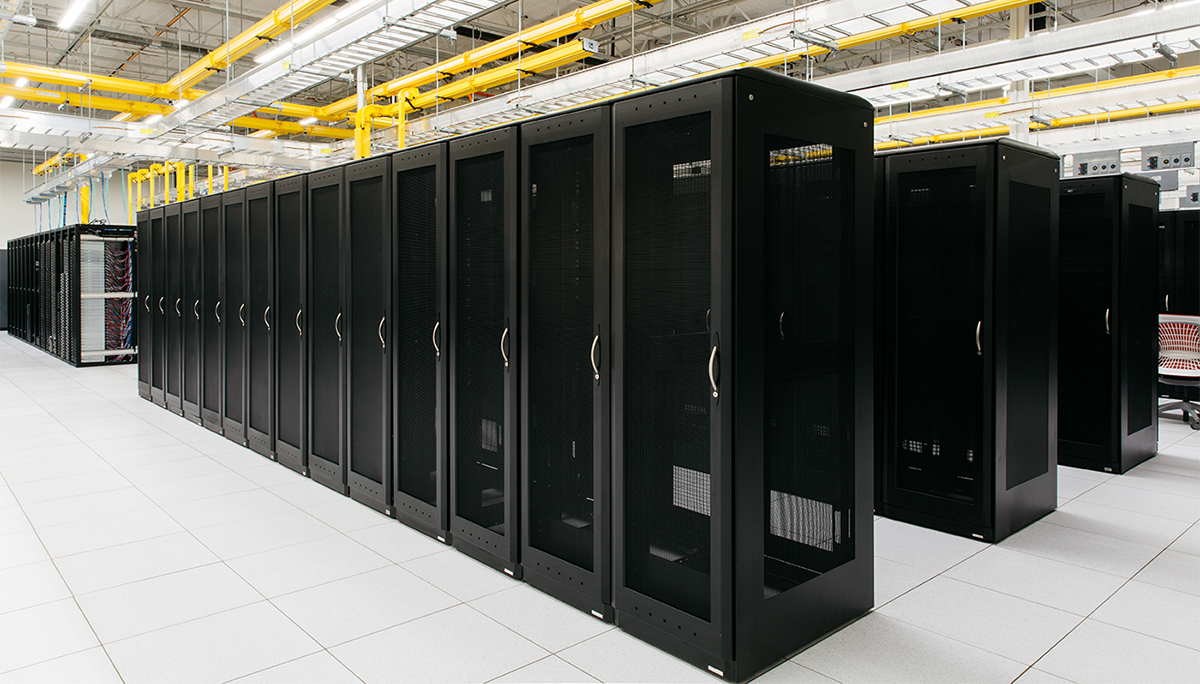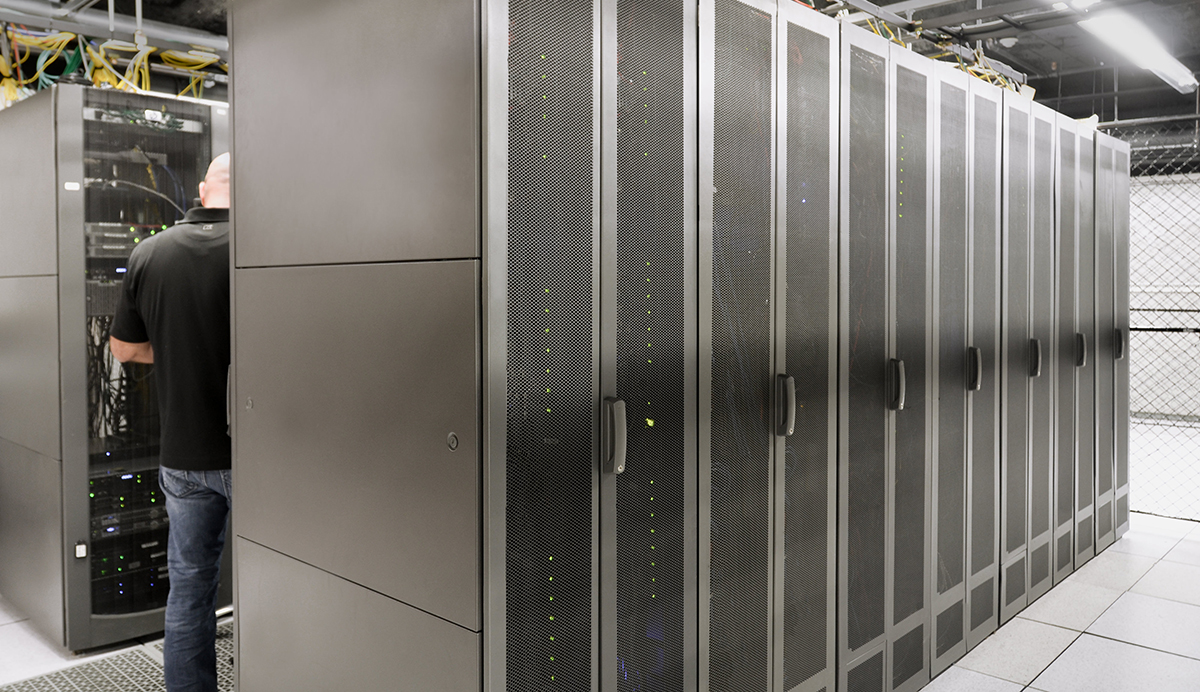
Colocation is a concept as old as dedicated servers themselves. The fact is, bare metal solutions require dedicated space and experienced technicians. When ideal conditions are necessary to keep your servers running smoothly, why not entrust your hardware to facilities built around their maintenance? By housing your servers in a larger provider’s data center, you not only gain access to premium security, cooling, and the fastest networks possible but a slew of associated financial savings as well. For many organizations, colocation has been a tried and true solution for decades.
But with the rise of public cloud providers like AWS and Azure, has colocating dedicated servers become an outdated infrastructure solution?
Ten years ago, there are many who would have told you “yes.” However, as these early adopters have come to realize, the cloud is not some perfect panacea: for all its perks, its flaws are just as prevalent. The fact is, renting your digital infrastructure on-demand will always be more expensive than owning your servers outright. Even if it doesn’t seem that way when you’re signing the contracts, the fees do eventually add up.
Now, with many early adopters approaching or passing the ten-year mark with their public cloud solutions, market trends are revealing a growing move towards colocation, a resurgence in dedicated bare metal server solutions, and an increasing reliance on hybrid cloud infrastructure.
In this post, we’ll look at some of the evidence supporting the growth of colocation, its projected market potential over the coming years, and why your organization would benefit from a hybrid cloud colocation solution with Hivelocity.
Market Trends, Annual Growth, & Projected Totals
Colocation is booming. According to a new report available through ResearchandMarkets.com, the Global Colocation Market is growing at a compound annual growth rate (CAGR) of 12.44%. Assuming this trend continues through 2028, the report predicts global market growth for the colocation industry to rise from roughly 41 billion in 2020 to 101 billion by 2028. Another report from Grand View Research, places these numbers even higher, estimating the current market value for colocation at 44 billion with a 13.3% CAGR.
In other words, in spite of the cloud, reliance on colocation is still growing.
But why? Why are more and more companies moving back to colocation-based solutions for their digital infrastructure?
The fact is, renting your digital infrastructure on-demand will always be more expensive than owning your servers outright.
There are many reasons companies are making the switch to colocation. Whether it’s a desire to reduce public cloud costs and diminish overall reliance, a move towards smaller, greener alternatives to swelling hyperscale data centers, or a need for the location-specific advantages of newer edge facilities, there are many factors contributing to this move away from purely cloud-based solutions.
In the end, the question isn’t, “why are so many companies choosing colocation?”, but rather, “is it time for MY company to consider colocation too?”
Why Colo? The Advantages of Colocation

There are numerous advantages associated with colocation. In the days of on-premise dedicated servers, the key benefit of colocation was reducing physical space requirements. Instead of building server rooms to house your servers on-site, colocation allows companies to utilize the existing square footage of an established provider. This means you not only save on the costs of building and maintaining server rooms, but it also means that future growth opportunities aren’t limited by a lack of physical space to expand in.
Beyond the issue of space, utilizing the larger facilities of a true data center also translates to price breaks in electricity costs and access to superior networks. Because these facilities move large volumes of data, they wield increased power when negotiating with electricity and networking service providers. This can lead to significant price breaks which are typically transferred along to customers as an incentive for using their services.
Additionally, it’s important to remember that a data center’s business relies on its reputation. Mistakes are costly and second chances are rare. For that reason, colocation facilities emphasize reliability, implementing various fail-safes and essential emergency precautions to mitigate disaster. This not only protects their business but yours as well, ensuring the best protection for your servers and data. It also means these data centers seek out the best talent in the industry, hiring technicians who are truly experts in their fields. With 24×7 support staff on-site, issues can be resolved as they arise, offering immediate responses when timing is critical. Through managed service packages, these skilled technicians often serve as crucial lifelines for their customers, offering peace of mind and providing their expertise. Even better, because of the scale these facilities operate at, retail colocation providers are able to offer this level of support at a fraction of the cost of hiring your own full-time, in-house technicians. That means cost savings for you and less stress on your employees.
Now, in the age of the cloud, this concept of “on-premise servers” is mostly gone. With everything stored and running through various cloud services, the risk of physical space limitations is practically non-existent. As a result, the new rise of colocation isn’t due to people moving servers offsite, but rather a move from on-demand virtual instances, to dedicated bare metal resources. In other words, the biggest advantages of colocation today revolve around superior computational power and cost savings opportunities.
In spite of the cloud, reliance on colocation is still growing.
But what about the bare metal options being offered by providers like AWS?
While it’s true that an increasing number of cloud providers are offering bare metal solutions to their customers, the options available are typically limited. After all, the cloud business model is built around selling pre-made packages. Out-of-the-box functionality often comes at the loss of flexibility.
Instead, by purchasing and housing dedicated servers through a retail colocation facility, organizations are able to specify every element of their underlying hardware and software. Prefer a specific control panel or server brand? When purchasing or storing servers through a colocation provider, your options aren’t limited to the provider’s preferences. Want to keep your data stored in a specific country? By housing your bare metal solution in an edge data center, you can keep your servers where your clients are, reducing latency and improving user experience. In short: when you colocate with a dedicated server, you retain control over all these choices and more.
Now, proponents of the cloud will be quick to point to its convenience, ease, and scalability as clear advantages of a public cloud solution. After all, these elements have become essential factors in building modern digital infrastructure. Can bare metal really provide that same level of functionality?
Put simply — Yes. At the end of the day, every cloud solution is running on top of bare metal resources. The difference comes down to a question of access: how much are you actually able to interact with or manipulate the underlying hardware. As a public cloud customer, that access is incredibly limited. However, when you own the servers, you have full access to everything.
What actually makes the cloud so convenient comes down to a blend of virtualization & containerization, orchestration tools for cluster management, and the ability to upgrade infrastructure on-demand. These three components are essential for dynamically creating and managing instances, but these tools aren’t limited to the cloud. With a dedicated server, free solutions like Proxmox VE and Kubernetes can give you the same degree of custom instance management. Orchestration tools like Terraform and Ansible let you integrate and automate these instances using simple code, helping to unify your infrastructure across the board. Better yet, the open-source, vendor-agnostic status of many of these solutions means you’re not limited in the tools you utilize. API hooks let you integrate easily with third-party applications and control every inch of your digital infrastructure from the same place.
At the end of the day, every cloud solution is running on top of bare metal resources. The difference comes down to a question of access.
Beyond these similarities, what’s unique about a true bare metal solution is you also have the option to forgo virtualization entirely, running your applications directly on your server’s OS. For resource-intensive processes, especially those utilizing AI, the elimination of a hypervisor can lead to significantly faster outputs and higher reliability. Best of all, you can still scale and descale your infrastructure as needed using instant-deployment dedicated servers. This ability to grow on-demand can even be automated, allowing your cluster’s resources to operate with maximum efficiency. For more information on how you can easily integrate the Hivelocity Public API with your favorite orchestration software, check out our API documentation pages.
In the end, bare metal can do everything the cloud can do and more — often at a fraction of the price.
Hivelocity Colocation & Hybrid Cloud Solutions

The fact is, for all its convenience and name recognition, the cloud isn’t perfect. Data transfer is expensive and the stress of complex workloads can quickly grind systems to a halt. With many early cloud adopters reaching their ten-year mark with these services, market trends are showing a growing movement back to more traditional hosting solutions. These companies are realizing that combining elements of their current cloud solutions with the underlying resources of a true bare metal server can provide them with hybrid solutions which offer the best of both worlds. In doing so, they’re proving that you don’t have to eliminate your reliance on the cloud completely to regain control over rising costs. By strategically implementing the right hybrid solutions, you might save as much as $15,000 a month, or, depending on your usage, potentially even more. The right solution for your organization is out there — it just might not be the one-size-fits-all package pushed by public cloud providers.
Bare metal can do everything the cloud can do — often at a fraction of the price.
Instead, through a blend of colocation, bare metal servers, and public cloud integration, your digital infrastructure can remain cutting-edge for years to come, all without breaking your budget.
So, call or chat with one of our agents or request a quote today through our colo page and see how colocation and a dedicated server solution from Hivelocity can help you avoid the financial pitfalls of the cloud. Whether you need instant servers or a fully-custom solution, Hivelocity is the hosting provider that’s got your back.
Come see what the Hivelocity difference can mean for you and your organization.
– Sean Kelly


